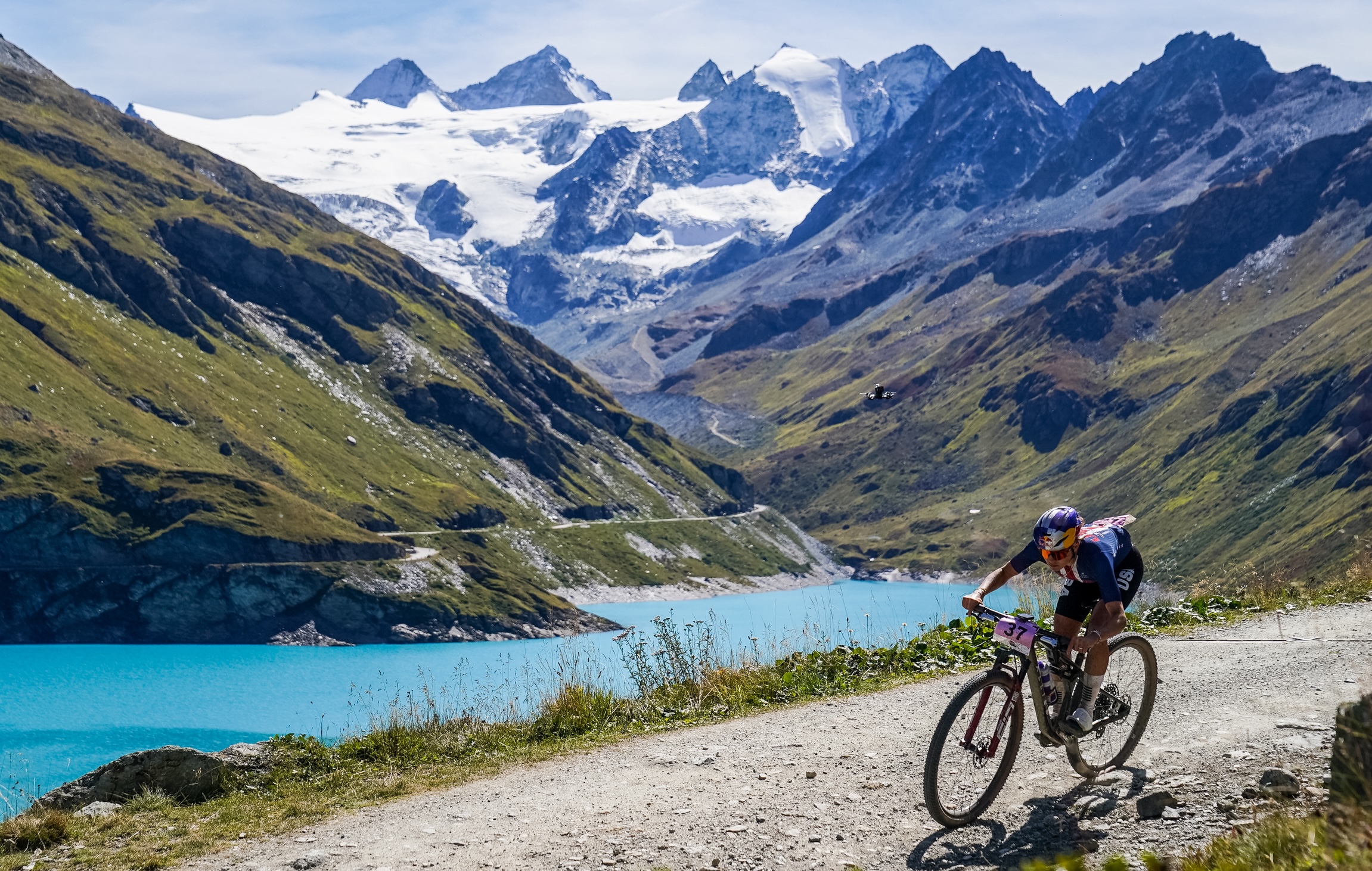Paris-Roubaix 2019 – Preview
All roads lead to 'The Hell of the North'
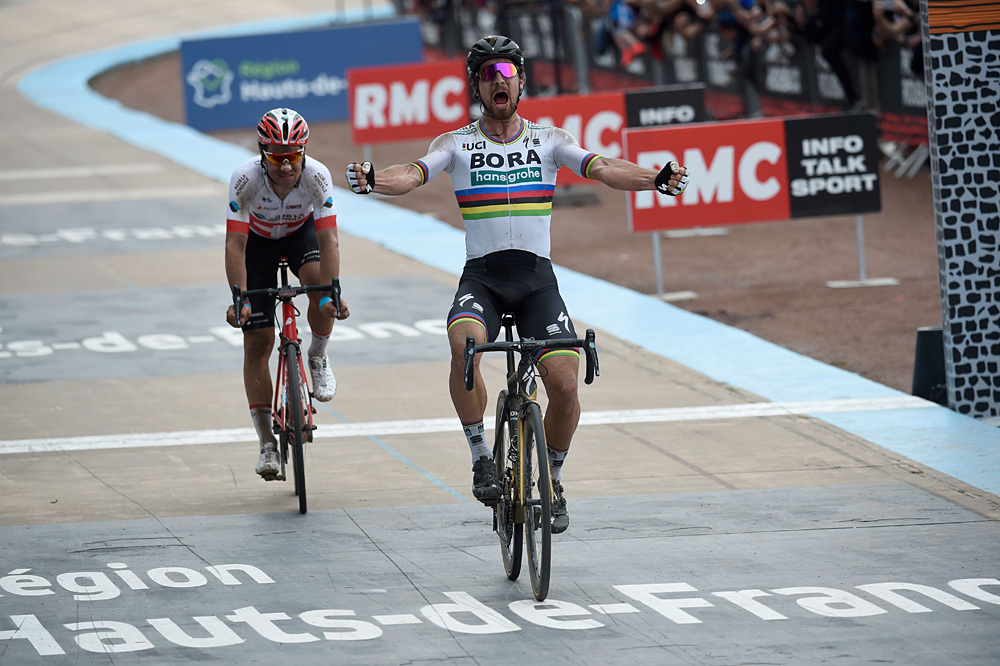
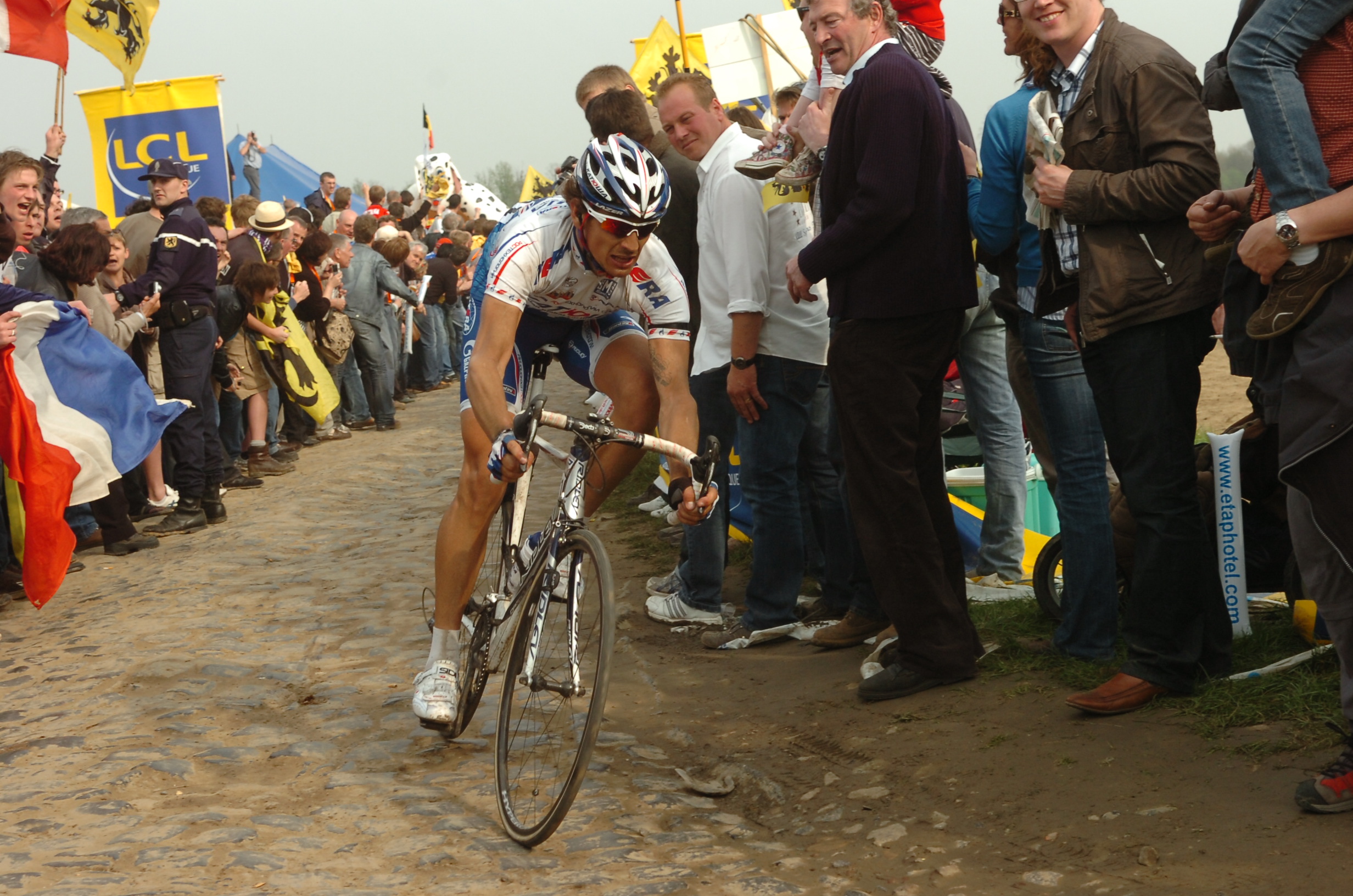
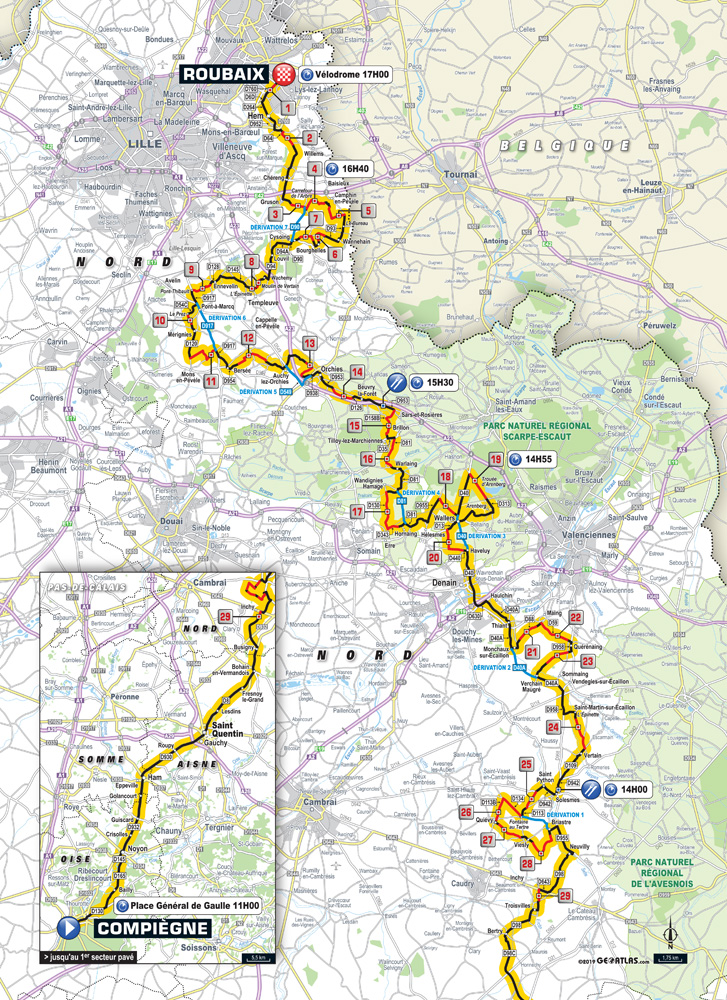
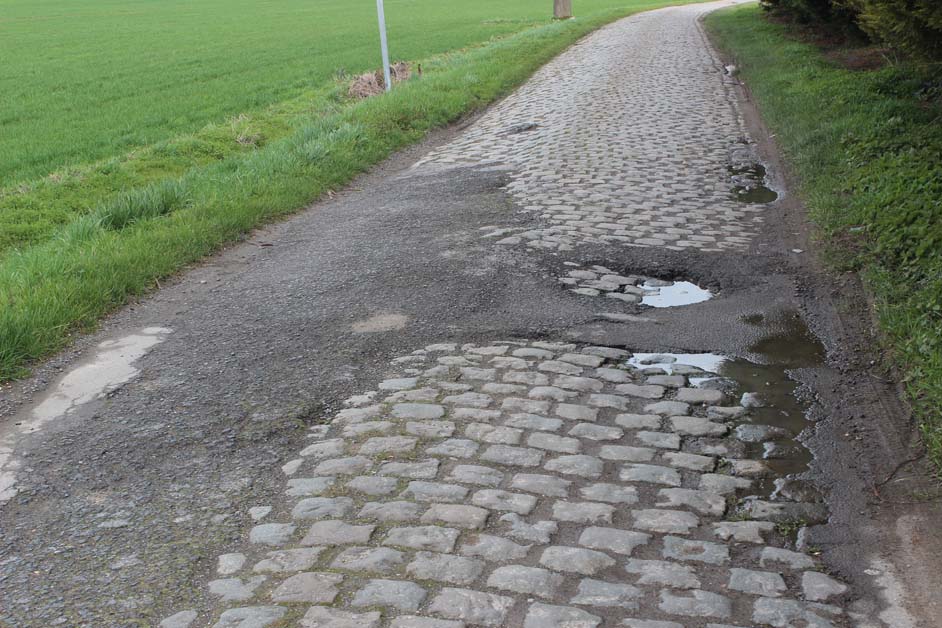
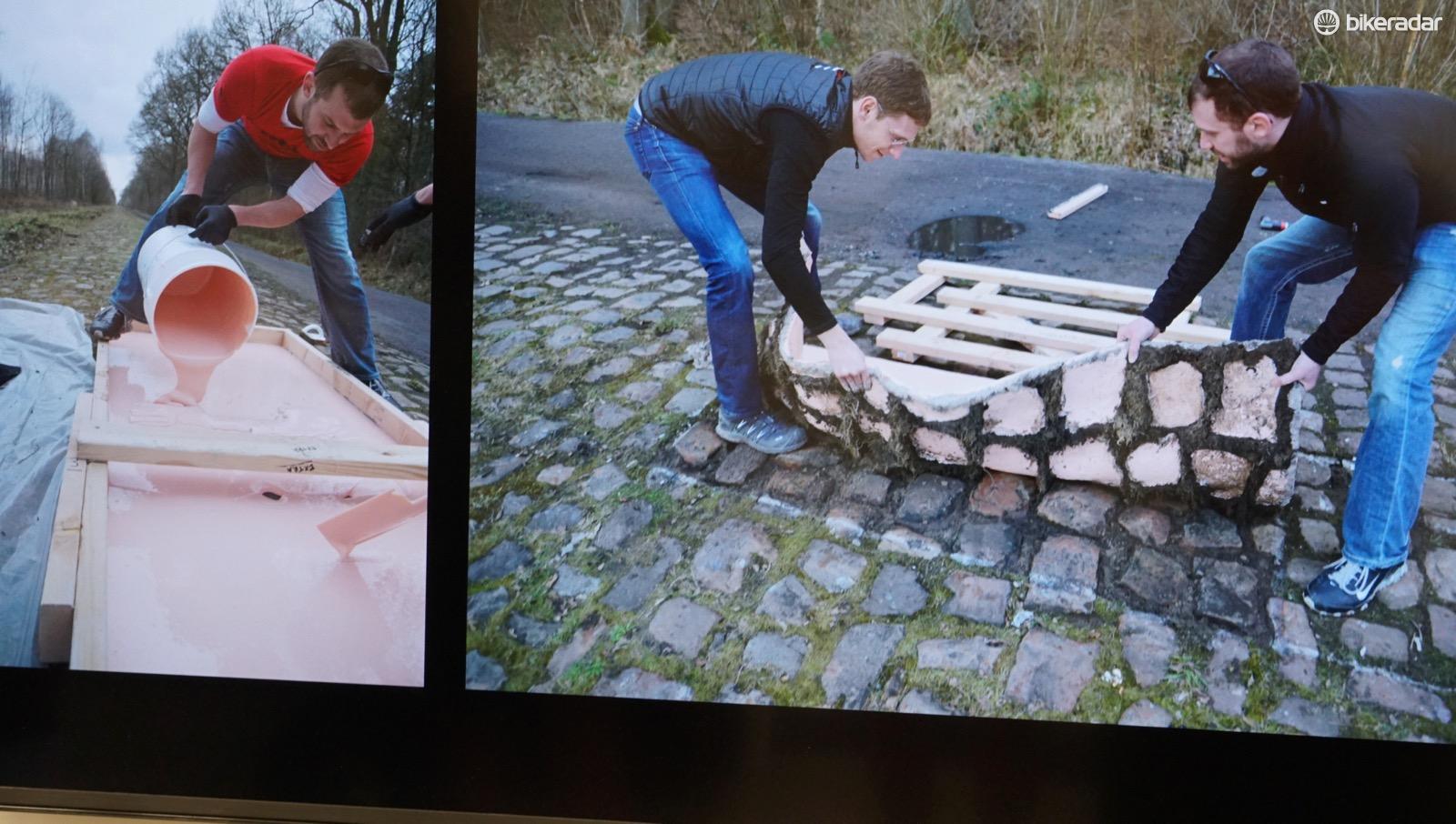
With the Tour of Flanders ticked off, all roads lead to Paris-Roubaix this weekend as the cobbled Classics reach their climax with possibly the most dramatic and unpredictable race of them all. 'The Hell of the North' is not for the timid, with the 54.5 kilometres of jutting cobblestones enough to strike fear into even the hardiest of riders.
Vila: Peter Sagan is not finding his past feelings, and we need to analyse why
29 sectors and 54.5km of pave confirmed for Paris-Roubaix
Walscheid looking forward to Paris-Roubaix after Scheldeprijs podium
Boasson Hagen gives Dimension Data hope for Paris-Roubaix
Vanmarcke feeling 'no pressure' ahead of Paris-Roubaix
Peter Sagan's S-Works Roubaix for Paris-Roubaix 2019 – Gallery
A win in Roubaix secures a rider their place in cycling’s rich history, and their name etched onto one of the iconic concrete showers. Just three of the riders expected to line up on Sunday have had that honour bestowed upon them. One that will not be there is the 2014 champion, Niki Terpstra (Direct Energie), who suffered concussion as a result of a heavy crash at Flanders last Sunday.
Peter Sagan (Bora-Hansgrohe) will start the race with the number one dossard on his back after he took last year's race by the scruff of the neck with a long-range attack with 54 kilometres remaining. The three-time world champion arrives at Paris-Roubaix during a Classics season that has not gone quite how he would have liked. He appeared to be on the right path with fourth at Milan-San Remo last month but looked laboured as he rode to 11th at Flanders. It might be on cobbles, but Paris-Roubaix is a very different race and there is every chance that Sagan could turn things around.
Greg Van Avermaet is another former champion set to line-up in Compiègne on Sunday morning, this year riding in the colours of the CCC Team. Like Sagan, Van Avermaet’s Classics campaign has been a mixed bag so far. He looked strong as he rode to second at Omloop Het Niewsblad at the start of March and backed that up with third at the E3 BinckBank Classic. However, it did not translate into an elusive victory at the Tour of Flanders.
John Degenkolb (Trek-Segafredo) won his Paris-Roubaix title back in 2015 during a brilliant season that also saw him win Milan-San Remo. He also won the cobbled stage of last year's Tour de France, which used many of the same sectors. This season has been difficult, with the Trek-Segafredo squad failing to fire throughout much of the Classics. Degenkolb’s second place at Gent-Wevelgem is a positive point in a difficult period and the team are clinging to that as they come into this weekend. Team manager Luca Guercilena believes that the team can put up more of a challenge on the flatter terrain. The team also have Jasper Stuyven and Edward Theuns.
For the first time since 2013, Deceuninck-QuickStep will go into Paris-Roubaix without a defending champion in their line-up. That will not bother them as they look to add a new name to the Roubaix shower block. QuickStep have been the dominant team throughout the Classics, but Flanders showed that they are fallible. Kasper Asgreen did well last weekend with second place, but it is likely to be his more experienced teammates that take centre stage this Sunday. Zdenek Stybar and Yves Lampaert are the most probable contenders, while Philippe Gilbert, who was hampered by illness at Flanders, is a wildcard.
Alexander Kristoff (UAE Team Emirates) looks like he is built for Roubaix, but the Norwegian does not have the best record at the race. His best finish was ninth in 2013 and he managed 10th two years later. Despite that, it’s hard not to see him as a contender given his recent form - with victory at Gent-Wevelgem and third at Flanders - but he will need a bit of luck. Beside him, his teammate Fernando Gaviria will be an interesting watch as he makes his debut.
The latest race content, interviews, features, reviews and expert buying guides, direct to your inbox!
Wout van Aert (Jumbo-Visma) must also be looked upon as one of the favourites, after managing 13th in his debut last season. Van Aert has had a good second Classics campaign, though he was disappointed with his 14th place at Flanders. Meanwhile, Sep Vanmarcke and Sebastian Langeveld will be looking to pick up where their EF Education First teammate Alberto Bettiol left off with victory at the Tour of Flanders. Both are past podium finishers, though Vanmarcke is still recovering from a knee injury he picked up earlier in the Classics.
This is Paris-Roubaix, where almost anything can happen, so it is also entirely possible that not one of the riders above will finish on the podium.
Team Sky have two hopes in Gianni Moscon and Luke Rowe, while Lotto Soudal have Tiesj Benoot. Oliver Naesen will lead the AG2R La Mondiale team with last year’s runner-up Silvan Dillier. Also keep an eye out for Matteo Trentin (Mitchelton-Scott), Arnaud Demare (Groupama-FDJ), Nils Politt (Katusha-Alpecin), Edvald Boasson Hagen (Dimension Data) Lars Boom (Roompot-Charles) and Andre Greipel (Arkea-Samsic).
The route
As the saying goes, if it ain’t broke then don’t fix it. That appears to be the ethos that race organiser ASO is adhering to. When this year’s route was unveiled in February, it would have been hard to detect the differences from last year's, so few and small are they.
The main changes will be the shortened cobblestone sectors at Troisvilles and the Trouee d’Arenberg, which have been shortened by 1.3km and 100 metres, respectively. In the case of the Arenberg, it is not to say that cobbles have been removed, but a more accurate measurement has been taken of it and it was found to be a tad shorter than previously believed. Mortar has also been applied to the gaps in the first 500 metres of the Arenberg cobbles to prevent grass growing, though it still maintains its maximum five-star difficulty rating.
The second sector of cobbles has also been given a new name to honour Michael Goolaerts, who died following a cardiac arrest during last year’s race. Previously known as Chemin de Saint-Quentin, which runs between Briastre to Viesly, it has been renamed Secteur Michael Goolaerts. A monument to Goolaerts has also been erected along the stretch of cobbles in his memory.
On Sunday morning, huge crowds will be expected to fill the Place du General de Gaulle in Compiègne before the riders roll out at 11am. Though there have been some changes to the cobbled sectors, the race route remains a leg-sapping 257 kilometres. That has been achieved by adding in a little more at the start and the riders will have a few extra kilometres to get their eyes in before hitting the first sector of pavé at the 96.5-kilometre mark. The sectors count down, so the first sector is down as sector 28 and the final stretch of cobbles near the finish is sector 1.
First up is the reduced Troisvilles sector, now just 900 metres, which will be followed around eight kilometres later by the Secteur Michael Goolaerts. Indeed, once the pavé begins there will be little respite for the riders as they make their way towards the hallowed Roubaix velodrome. Keeping up front will be key as the peloton is taken apart bit by bit as each kilometre ticks by. Crashes and punctures will happen and sometimes it can be just a matter of luck avoiding them, though good bike handling skills are a must on these giant lumps of stone.
The route winds its way gradually north and the opening sectors range between two and four stars. The first five-star sector is the Trouee d’Arenberg, which has been partially mortared to prevent grass growing on the cobbles. While some of the danger has been removed, it is still a daunting task for any bike rider and anyone hoping to claim victory will need to get through this section in one piece.
The journey through the forest will likely end the hopes of some contenders but there will still be 92 kilometres of racing and 18 more pavé sectors to come before we will have a clearer idea of who will collect the cobblestone trophy at the end of the day. The riders won’t have to wait too long before they’re on the cobbles again, with the section between Wallers and Helesmes coming up four kilometres later.
As the fatigue begins to settle in, the sections are going to seem closer and closer, and sometimes they will be, with as little as one kilometre between two sectors. By this stage, attacks will be coming from all angles as the favourites try to test their rivals. Last year, Sagan launched his move shortly before sector 12 from Auchy to Bersée, with 54 kilometres remaining.
Sector 11, Mons-en-Pévèle, is the second of the five-star sections, with its particularly uneven cobbles, narrow points and twisting nature all making it a very challenging ride. There is no let-up and there is still one more maximum difficulty sector to contend with. From sector five, Camphin-En-Pévèle, the riders only have 1,000 metres of respite before they're bouncing up and down on the pavé again as they tackle Carrefour de l’Arbre.
Only 2.8 kilometres of cobbles will remain over the final 14.5km, but they will feel brutal with over 240km already in the legs. The final stretch is a short one as they ride into Roubaix and they will have just one kilometre left after they complete it. The roar of the huge crowd as they enter the Vélodrome André-Pétrieux to the west of Roubaix will help the riders make their final push to the line.
Born in Ireland to a cycling family and later moved to the Isle of Man, so there was no surprise when I got into the sport. Studied sports journalism at university before going on to do a Masters in sports broadcast. After university I spent three months interning at Eurosport, where I covered the Tour de France. In 2012 I started at Procycling Magazine, before becoming the deputy editor of Procycling Week. I then joined Cyclingnews, in December 2013.
